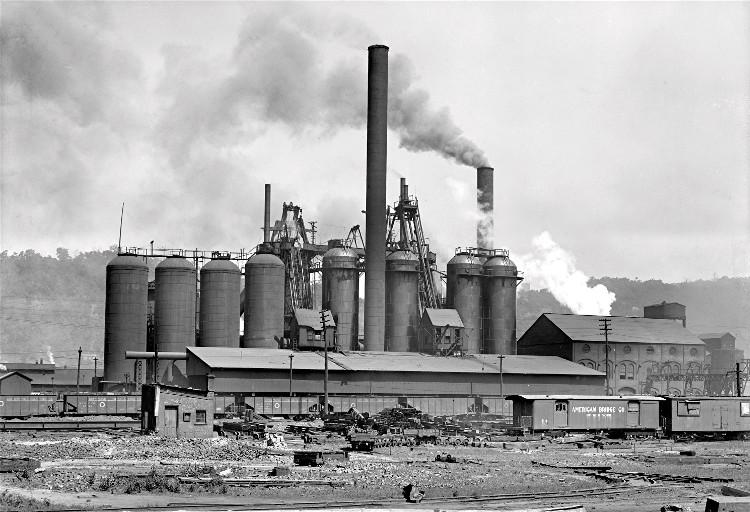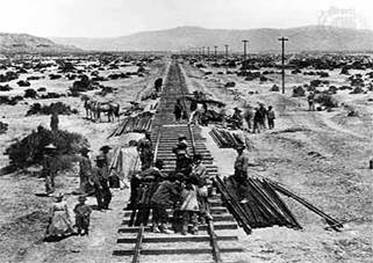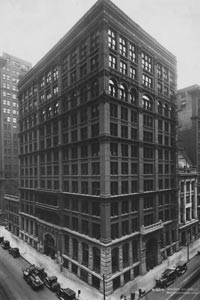Production of steel
One of the most important steel mills in history is tracked back to the city of Pittsburgh, as Carnegie started up his business and began to mass-produce steel. Steel was designed to improve literally everything, ranging from cars to boats, modern technology such as the telegraph, and making weapons. The process to make steel proceeds as mining up iron ore from earth’s terrain, then smelted within a furnace, and carbon is added. Carnegie made steel in a special way such that it blew his competitors out of the market simply by following the Bessemer process.
TRANSCONTINENTAL RAILROAD
|
The steel mills were heavily associated with the railroad & train industry as the trains were made out of steel, the tracks were made of steel, and this allowed some type of transportation to the public. The transcontinental railroad was stretched out across the nation for 1,776 miles where the project began in 1863 and then finished in 1869. Carnegie specified in making steel when he realized the railroads are going to be set up across the nation and would require a lot of steel to enable public transportation stretching from Nebraska to California. According to History, “In 1901, Andrew Carnegie sold his company to John Pierpont Morgan for $480 million dollars.” The reason why the steel and railroads made such great business is because it provided cheap and convenient to the public; it made it possible for individuals to engage in trade and commerce. This changed the nation completely as travelling and trading goods were complicated as there were no quick means of transportation unless by horseback.
. Architecture |
Steel takes its toll on buildings and technology as new inventions were being created and more buildings had to be created as America’s population was increasing significantly from the rise of immigrants. Steel was the choice of metal for buildings because it is very strong and can withstand for a very long time. By using steel, it allowed construction workers to build tall buildings such as skyscrapers due to the strength of the metal and the cost of it. As buildings were being put together the steel industry continued to rise, producing steel for construction, automobiles, and railroads. Cities began to become increasingly more populated as immigrants were hired to lay down railroad tracks from all over the world, such as from China and Ireland. Most of the workers that paved the way for the transcontinental railroad were Chinese and their service of labor was cheap. Meanwhile in the east coast of the nation, skyscrapers were being constructed and used steel as an inner skeleton for the large structures. Tall buildings like these were usually composed of two elements, steel internal foundations and stone outer walls. The
first skyscraper that was completed dated back to 1885, it was known as the
Home Insurance Building. It was 10 stories tall and rose as high as 138 feet
vertically.



